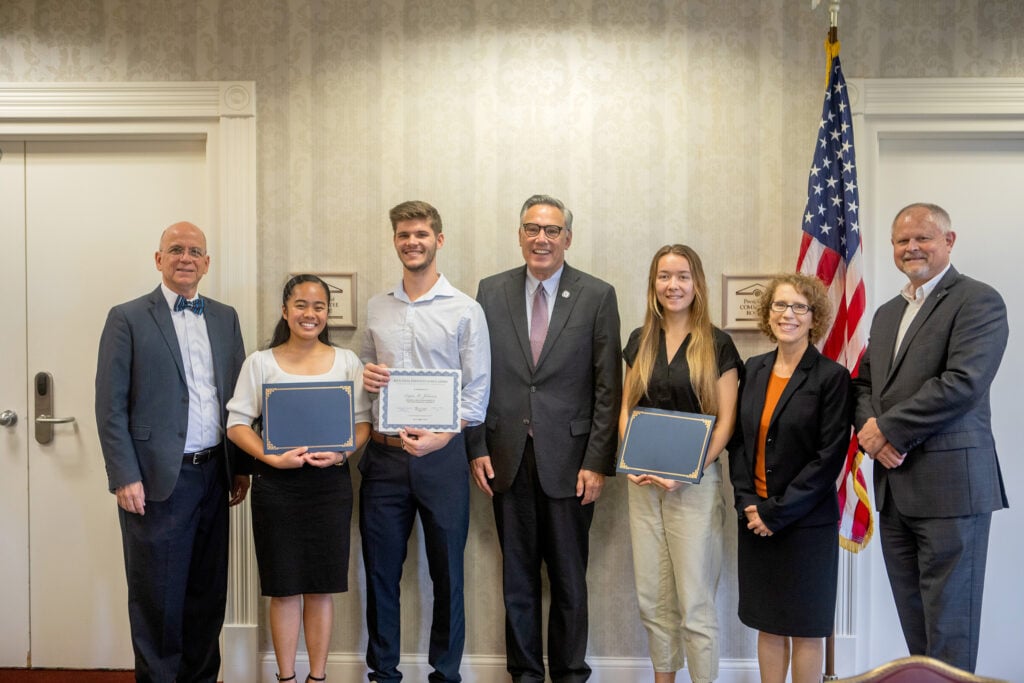The Adventist Health mission to live God’s love by inspiring health, wholeness, and hope is rooted in Jesus’ ministry of healing and the distinctive Seventh-day Adventist tradition of healthcare and healthful living. As part of that mission, Adventist Health is leading a well-being transformation movement that broadens the organization’s focus from solely caring for the sick to helping people live better and longer.
Adventist Health teams are inspiring this transformation by improving well-being and longevity in communities across the nation through Blue Zones, a nationally recognized leader in well-being that Adventist Health acquired in 2020. This work started with the more than 30,000 Adventist Health employees in Washington, Oregon, and California and is now moving outside the organization to local Blue Zones Projects across the country. Two such projects are underway in St. Helena, California; and Walla Walla, Washington. More than 50 additional communities across North America are already engaged in Blue Zones Projects, impacting more than 4 million Americans. Participating communities have experienced double digit drops in obesity and tobacco use and have saved millions of dollars in healthcare costs.
Blue Zones employs evidence-based methods to help people live better and longer. The organization was founded in 2004 by Dan Buettner, National Geographic Explorer and Fellow, who led explorations around the world with the world’s best longevity researchers to identify hotspots — or blue zones — where people live measurably longer and better.
The original blue zones are diverse geographical and cultural regions — Okinawa, Japan; Sardinia, Italy; Nicoya, Costa Rica; Ikaria, Greece; and Loma Linda, California — where residents live extraordinarily long and/or happy lives. After identifying five of the world’s blue zones, Buettner teamed up with National Geographic and took scientists back to each location to identify the lifestyle habits of these cultures. Residents of these regions have nine commonalities, known as the Power 9, which together contribute to physical, social and emotional well-being.
The Power 9 are:
- Incorporate movement into your daily life.
- Find and cultivate your sense of purpose.
- Enjoy regular downtime, especially on Sabbath.
- Stop eating when you’re 80 percent full.
- Aim to fill 95 percent of your plate with plants or plant products.
- Enjoy time each day with friends and family.
- Cultivate a sense of belonging through faith and fellowship.
- Put your loved ones first.
- Enjoy the benefits of a lifelong circle of friends.*
Roughly 80 percent of a person’s health can be attributed to health behaviors, the physical environment and socioeconomic factors, while clinical healthcare makes up just 20 percent. The Adventist Health well-being movement will focus on what happens when a health system takes steps to improve factors related to that 80 percent, outside hospital walls, to provide a path forward for individuals and entire communities to improve their health and resilience.
Learn more about Blue Zones at bluezones.com and find lifestyle news and tips at adventisthealth.org/blog.
— Kim Strobel is Adventist Health project manager: religion, faith and mission.
* Read more about these lifestyle principles at bluezones.com.




